Spending a night in a battery-powered motorhome

I took this new, 100% electric motorhome on an overnight road trip to find out if battery-powered campers are just a gimmick or the final nail in the coffin of diesel RVs.
The New Zealand motorhome rental agency Britz has created a small batch of these 100% pure electric motorhomes for eco-friendly customers.
The motorhome is a two-berth camper with all electric appliances. There’s no gas or petrofuels of any kind on board and it has a shower and toilet built in as well.
The vehicle underneath is an all-electric LDV EV80 van chassis imported from China, with the camper section being built here in New Zealand. With its 56 kWh lithium iron phosphate battery, the vehicle would have had range of around 180 kilometres (112 miles) per charge originally, however the weight of the camper body has reduced that to around 120 kilometres (75 miles) per charge.
But what’s it like to actually take camping? To find out, I took this fascinating vehicle 85 kilometres south of Auckland to a camping ground and hot springs in Miranda. The traffic was terrible, but as the vehicle is essentially like an automatic, it was stress-free.
It was dark when I’d reached the camping grounds with the temperatures falling, so I was glad to plug the motorhome in and make dinner.
Rather than reheat food, I cooked an actual meal of honey & lemon chicken to see if the kitchen was actually useful. While small, it turned out to be a great little kitchen. The only problem was the cold. I was supplied an electric plug-in heater but it appeared to be broken, blowing only cold air. This meant it was to be a very cold night under the covers.
The motorhome’s double-bed assembles from the seat cushions in the rear of the vehicle and is surprisingly spacious. Without a working heater it was a cold night at around 6°C (43°F) inside the camper. I slept alright, but I was grateful when the sun came up.
The vehicle charged overnight through the onboard 6.6 kW AC charger. There is also an option for DC rapid charging through the vehicle’s CCS socket, allowing charging of 30 kW; enough to charge the vehicle to 80% full in around 45 minutes.
One complaint, however, is that the vehicle’s 230 volt appliances only work when the motorhome is connected to an external 230 volt power supply. This means you have to be connected to a camping plug to run the induction cook top, microwave or onboard power outlets. The fridge does work while the unit is operating on batteries however.
With the morning sun helping to warm up the chilled camper and its frozen passenger, I put on a sorely needed pot of coffee.
After the coffee I tested the shower, which turned out to be a very pleasant surprise with its strong water pressure and incredibly hot water, heated with electricity, of course.
Clean & warm, I unplugged the pure electric motorhome and headed back to Auckland, but not before testing the acceleration on a stretch of open road. To see this and the entire experience, click play on the video below.
2 thoughts on “Spending a night in a battery-powered motorhome”
Comments are closed.
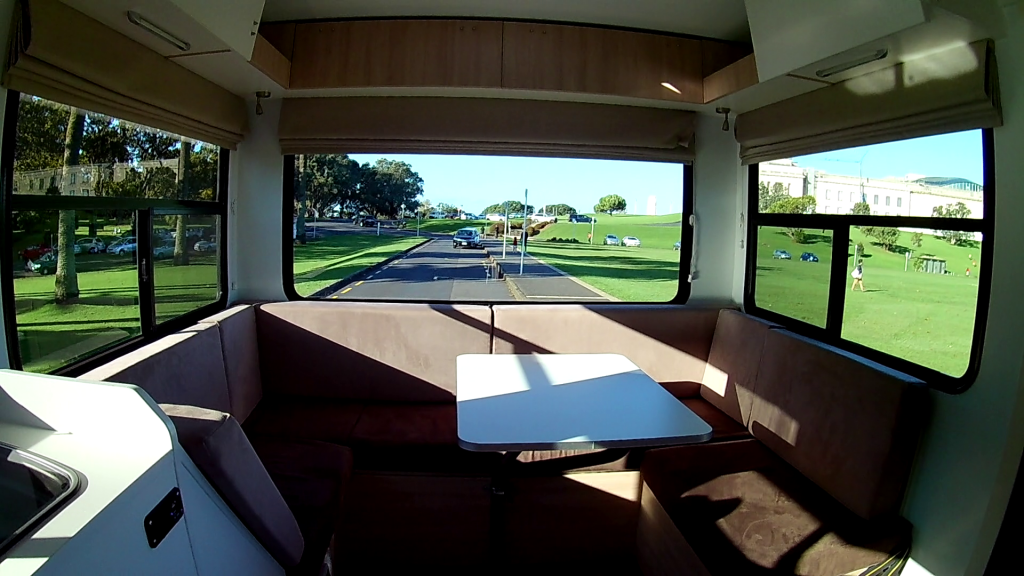
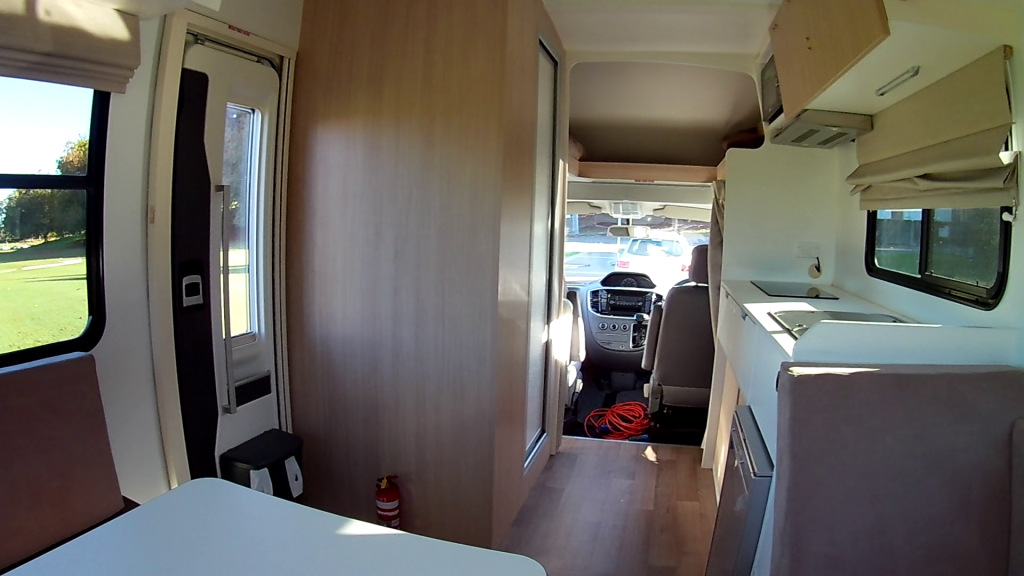
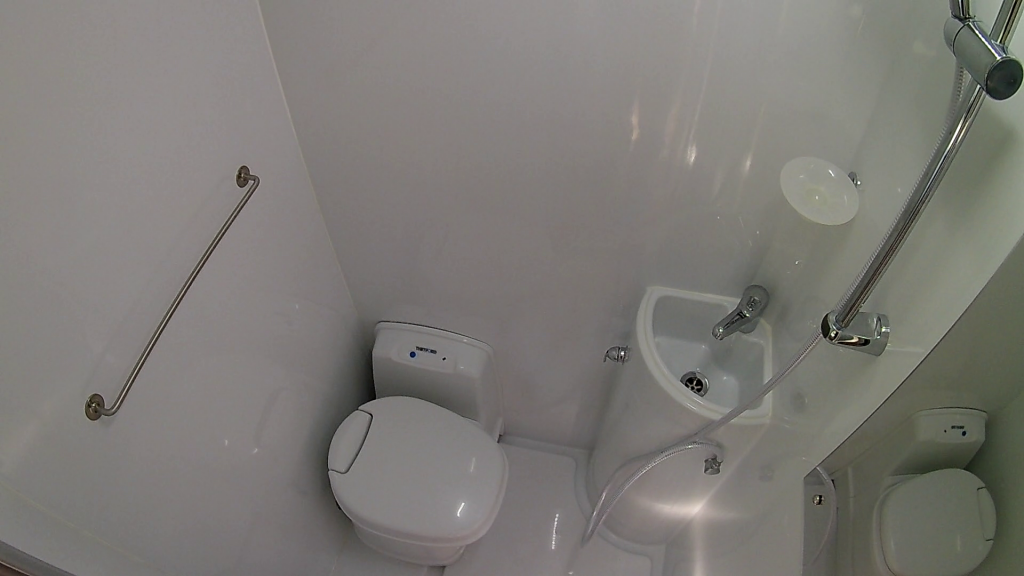
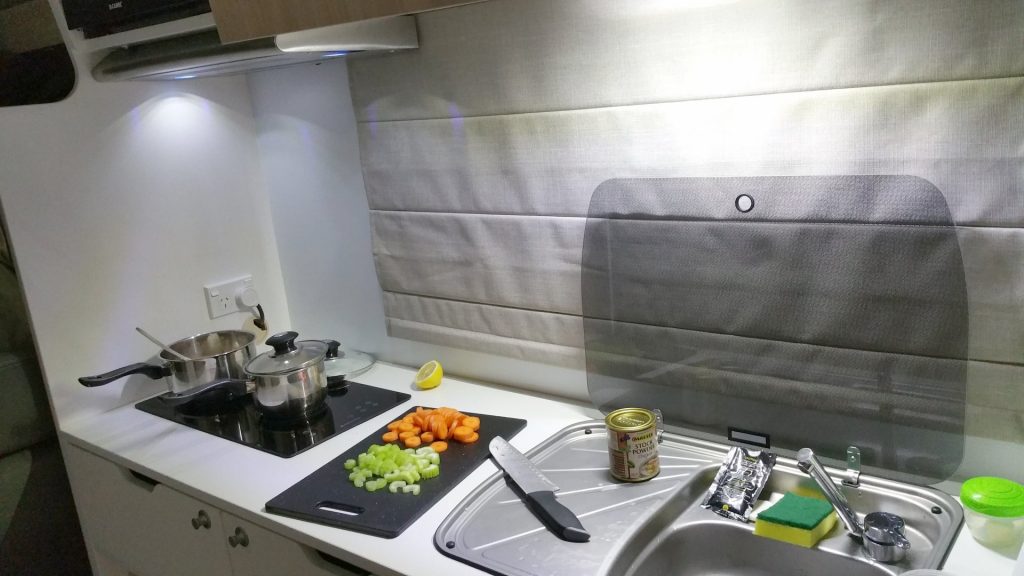
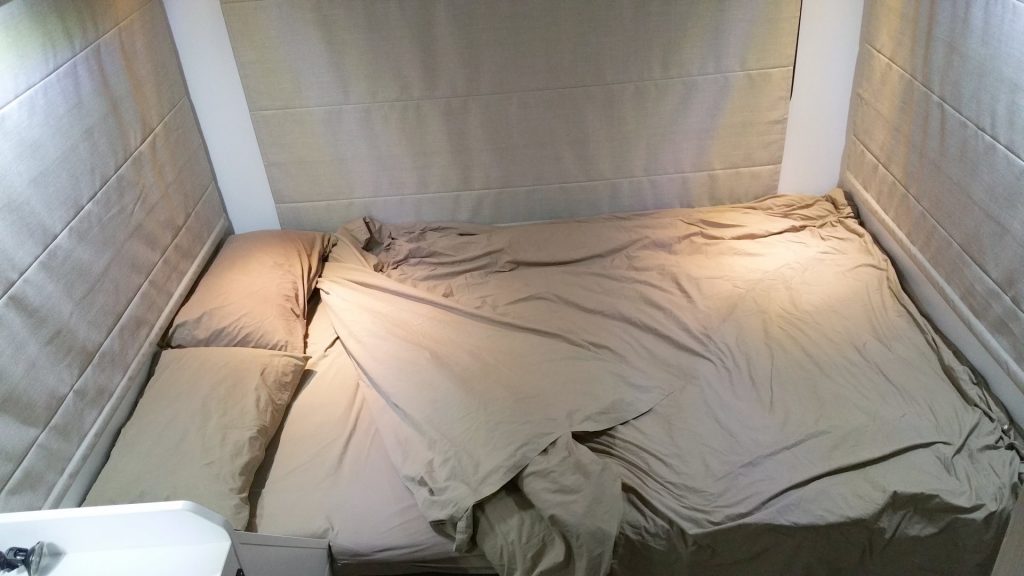

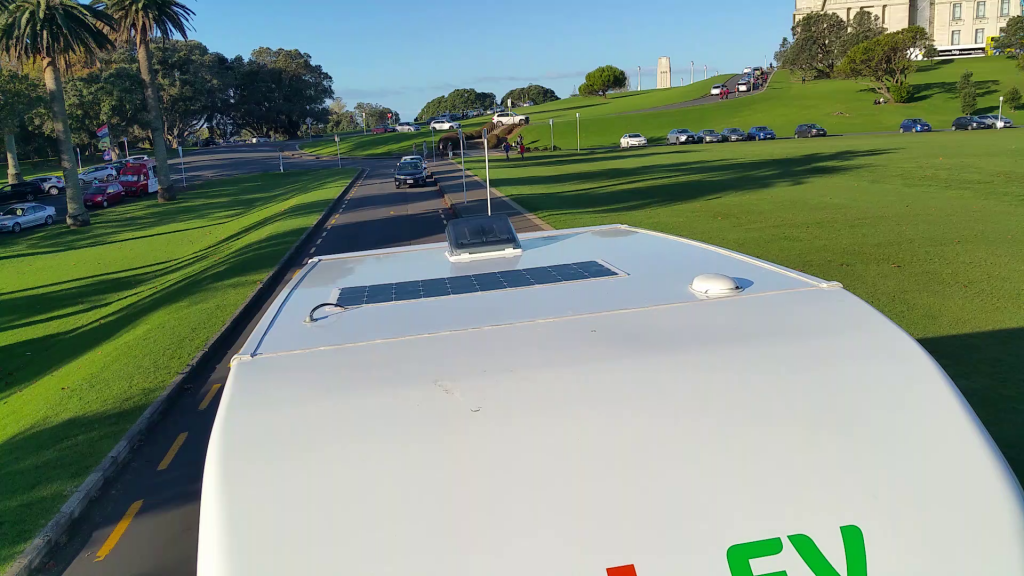
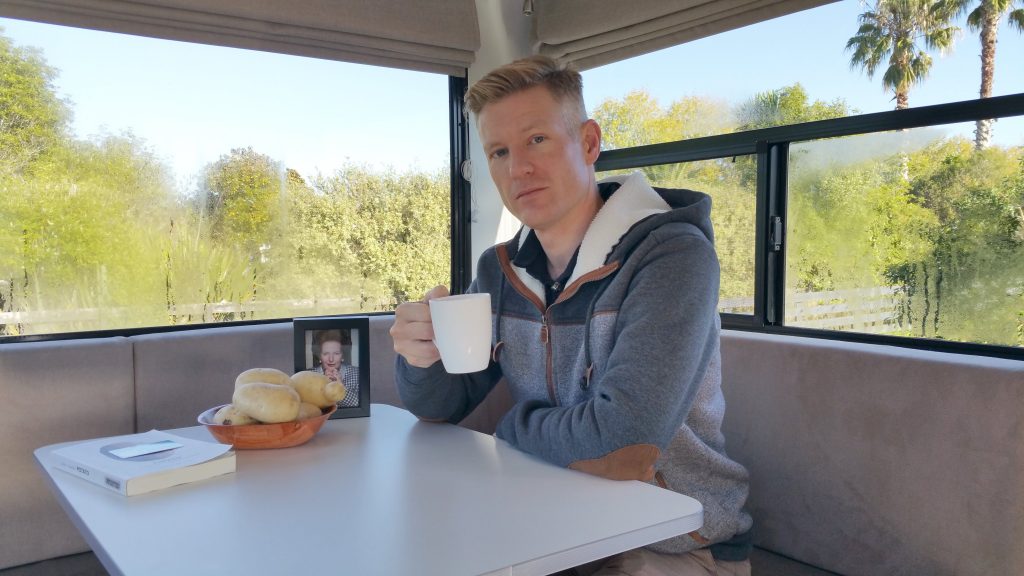
In your view, is there a combination including, for example, alternative batteries, larger onboard solar charging, hydrogen fuel cell or whatever that would take the range up to a more flexible 175 miles (from the 75 miles) per charge? Welcome to hear your comments.
I think the solution for an all-electric motorhome should be to upgrade the battery, and take it from a 56kw / h to at least 105kwh.
in this case i think toshiba have a best battery.